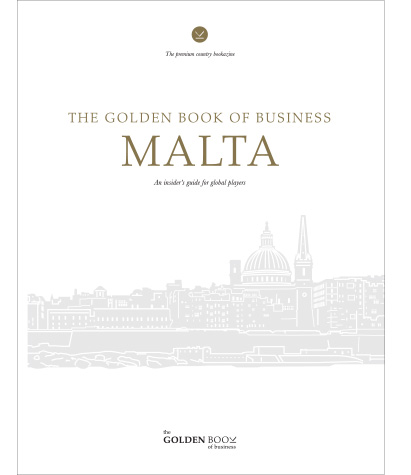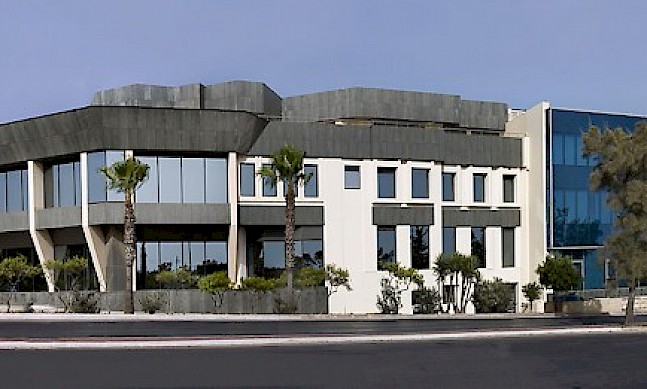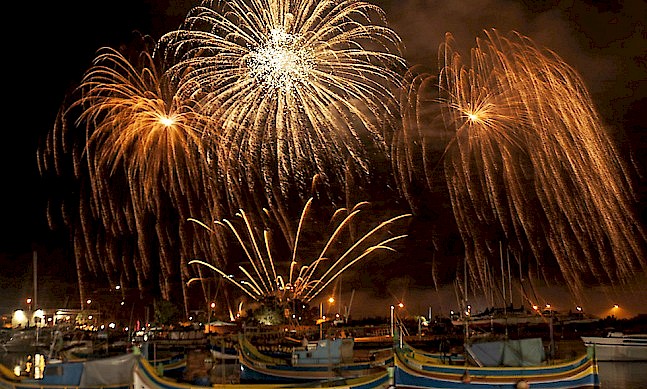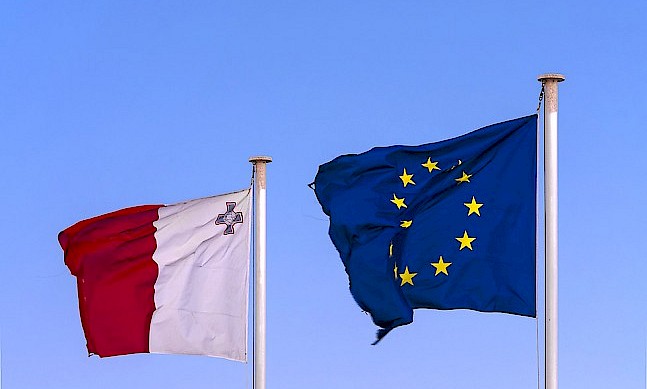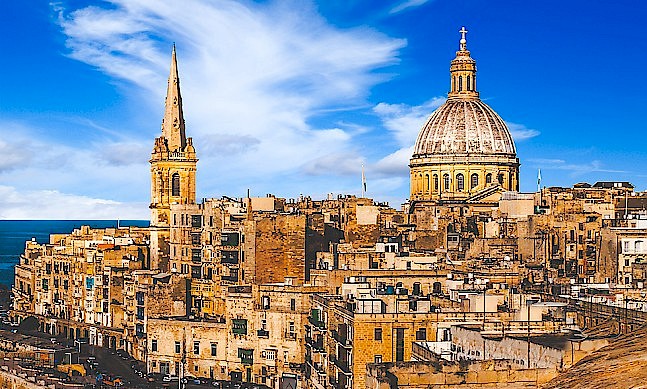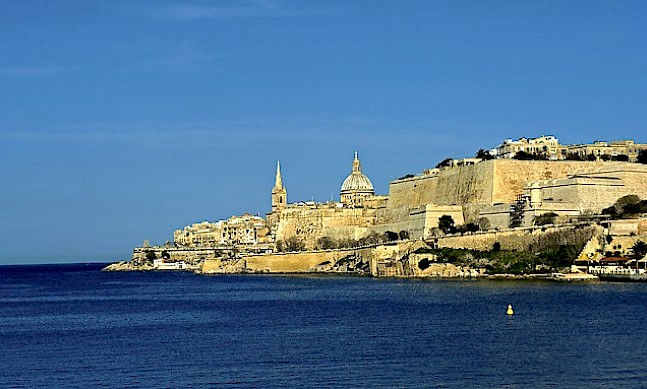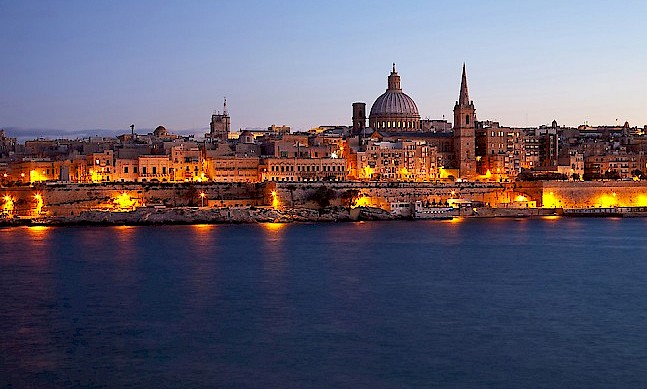With a strategic location at the nexus of European, Middle Eastern and North African transport routes, Malta is well situated geographically. Now the country is pursuing the capacity, logistics, and service enhancements necessary to maximise its competitive position as a regional trade and logistics hub. Its rising profile as a maritime, aviation, and tourism centre reflects the impact of these investments during a time of growth and increasing diversity in global commerce.
The foreign trade boom has sparked a significant uptick in Malta’s cross-border activity. Imports and exports have surged from €3,117.2 million and €1,959.1 million respectively in 2005 to €6,391 million and €3,736.9 million in 2014, and managing that growth has required capacity expansion at Malta Freeport, which privatised in 2004 and saw ship calls increase from 1,483 in 2005 to 2,108 in 2014. Throughput (TEUs) rose from 1.32 million to 2.90 million in same period, powered by a major programme of investment in new equipment and yard facilities. Designed to accommodate larger container vessels, the programme also increased container stacking capacity and reduced vessel turnaround times.
In response, two alliances – the ‘2M’ (Maersk Line and Mediterranean Shipping Company) and ‘Ocean Three’ (CMA CGM, China Shipping Container Lines, and United Arab Shipping Company) – named Malta Freeport their main Central Mediterranean transhipment hub. And the country has demonstrated a commitment to innovation along with investment, as when Transport Malta announced the registration under the Malta flag of the MV Barzan, the world’s most environmentally friendly, ultra-large container vessel.
Aaron Farrugia, Malta Freeport’s CEO, sees prospects for further growth driven by opportunities to deliver added value. For example, many ships that originate in the Far East make their first port of call at the island nation, where their containers can be discharged and placed on smaller feeders for distribution throughout Europe and North Africa.
“We can provide pre-customs clearance, so the moment the container arrives in its destination country, it can move out of the port in a couple of minutes,” he says. “We can also add value, for example in doing labelling in Arabic for goods destined for North Africa, or the certification of Halal food. All these things can be done in our free trade zone.” Looking ahead, the ministry for economic affairs is doing the preliminary work necessary for Malta to play a future role in the bunkering industry.
Malta International Airport (MIA) is experiencing similar growth in passenger traffic, and has just experienced its best summer on record, with 1.6 million passengers passing through its facilities. The main growth comes from the traditional markets of Italy and the UK, although new markets such as Switzerland and Poland are also contributing. In total, MIA says it expects to see 4.5 million passengers by year-end 2015, up nearly 70 percent since 2005, noting that “this is equivalent to over 1,100 Boeing 737 aircraft at full capacity.” With these gains comes a rise in international flights: during the 2015 summer season, Finnair, Jet2, Transaero, Aegean, and SwissAir inaugurated service to Malta.


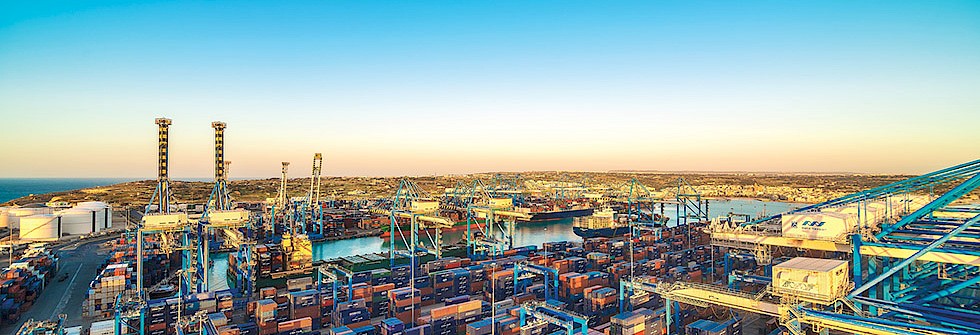 The container terminal at Malta’s strategically-located Freeport. Photo: Mariner
The container terminal at Malta’s strategically-located Freeport. Photo: Mariner
